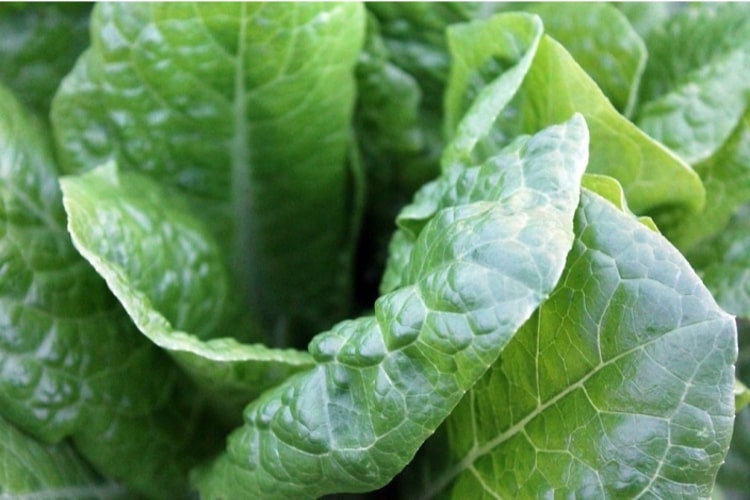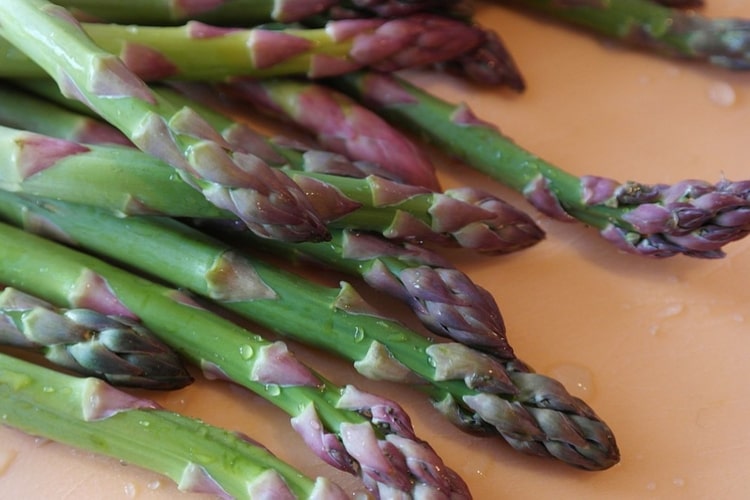What to Plant in the Fall
Cool weather doesn’t mean it’s time to put your gardening tools away. A variety of veggies thrive during the winter months if you plant in the fall. Pests and disease are less of a problem at this time of year, and there is no need to add fertilizer to your soil. You can leave that for the spring and summer.
Best of all, when you make the most of your garden throughout the fall and winter, you will enjoy a head start when the weather warms up. While others are starting out in March and April with a bare plot or an empty yard, yours will be full of green.
These are some of the most popular options for fall planting:
Vegetables
Plants that grow quickly can be planted and harvested right up until the ground freezes, so keep planting your peas, spinach, and lettuce for as long as you can. Some gardeners have success growing lamb’s lettuce, land cress, mustard, and Winter Gem lettuceOpens a new window all winter long.

Brussels sprouts, carrots, radishes, and rutabagas are also good choices for this time of year, because they like the cooler weather. You can extend the growing season with cold frames, which protect the plants from frost.
If you have always wanted to grow onions or garlic, but never quite managed it, add them to your fall planting list. They require plenty of growing time, so they won’t be ready to harvest until next summer – but the good news is, they don’t need any care from you during the winter months. The First Early and Electric onions are particularly well-suited for planting in the fall. Garlic lovers often choose the Wight Cristo for all-purpose cooking, and the Chesnok Red for recipes like baked garlic.
Those who are passionate about asparagusOpens a new window know that there is nothing like fresh-picked. However, most gardeners pass on planting their own, because it takes a full two years before you get your first harvest. Consider setting aside a corner of your garden for year-round asparagus duty. Plant in the fall, then have patience – once your crop gets going, you could yield up to 25 spears per crown, and plants continue to produce for up to 25 years. The Pacific 2000 produces traditional-style asparagus, while the Pacific Purple gives you an array of color.

Finally, keep in mind that many root crops are sweeter if you harvest after the first frost, so you may wish to save some of these for special holiday meals.
Spring-Blooming Bulbs
You can look forward to a gorgeous array of spring flowers if you plant your bulbs in the fall. These plants need a period of winter dormancy to reach their full potential. Try daffodils, dog’s tooth violet, glory of the snow, grape hyacinth, snowdrop, and winter aconite for a stunning combination of purples, pinks, whites, yellows, and blues.
Trees and Shrubs
Larger plants like trees and shrubs are hard to manageOpens a new window during the hottest days of summer. They need a substantial amount of water to survive the heat. Planting trees and shrubs in the fall makes success far more likely.
At this time of year, the ground is still warm enough for roots to grow and develop. Of course, it is still important to keep them watered, but you will notice that they need less water to stay healthy. Continue your watering routine up to the first frost, at which point trees and shrubs go into their winter dormancy period. You can resume as soon as the weather gets warmer and you start to notice new growth.
Gardeners in colder regions of the country may wish to consider redbuds or ornamental cherry trees for beautiful blossoms. In the Southeast, nothing beats the crape myrtle, and Southwest landscapes seem incomplete without a desert willow.
Lawns
Fall is the best time to get your lawn in shapeOpens a new window. Plant and fertilize your grass when the temperature starts to drop, then again in late October or early November. You will notice a difference as soon as spring weather hits because you will have the greenest yard on the block.
Plan to complete your fall planting about six weeks before the first hard frostOpens a new window hits. That gives your greenery time to settle in before the ground gets really cold.





